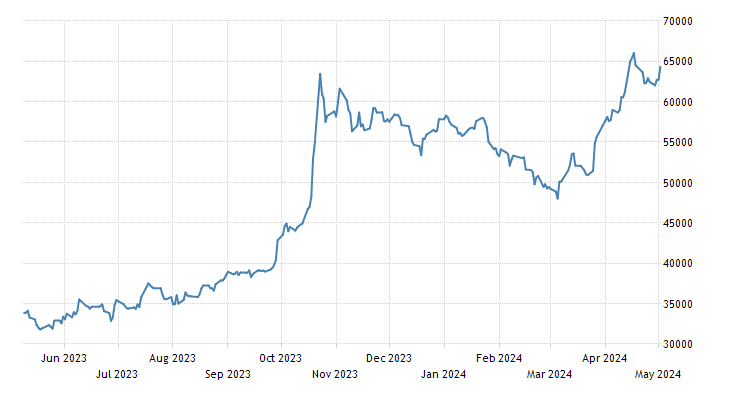Emerging market equity markets remain undervalued, and the unusually large valuation gaps between individual markets create attractive investment opportunities for active equity selectors, moreso due to the currect adminstration shake of rulings, ie. Cancelling Windenergy makes the emerging markets look secure. Concerns about a reversal of globalization are pretty much exaggerated. The current concentration of market weight on the top stocks in the US stock market reflects past performance and poses a risk for passive investors. US companies now account for over 70% of global equity indices, while emerging markets account for only 10%. Given that 85% of the world's population lives in emerging markets and these countries account for half of global growth, this underrepresentation at the market level is likely to mean that opportunities are being overlooked.
Emerging markets are associated with volatility and political uncertainty from many investors, investments in these markets appear often unpredictable.

Avoiding emerging markets entirely could pose an even greater risk, FOMO (?). As the famous investor John Templeton said, "Bull markets are born in pessimism, they grow in skepticism, mature in optimism, and die in euphoria." For active investors, the current pessimism toward emerging markets and the valuation gaps within this asset class can present an attractive entry point.
Recent developments like the trade tensions between the US and the rest of the world, makes the emerging markets shine. Higher interest rates in the US have increased skepticism about these markets. There is increasing talk of deglobalization and how it is reordering itself. Risk/return dynamic also applies to the bond markets. Many emerging market government and corporate bonds offer significantly higher yields than their counterparts in developed markets. This, too, presents a buying opportunity for savvy investors.
Investing in emerging markets are not without risk. These countries are often plagued by political instability, regulatory upheaval, poor governance, and currency fluctuations. This increased risk is often reflected in a company's share price. This means that many excellent companies are undervalued relative to their potential. Compounding this inefficiency is the fact that emerging markets are less well-covered by analysts. For example, there are 103 companies in the index that are covered by only one analyst. Astute investors willing to do their homework can therefore uncover supposed gems at "bargain prices."
Together with overall economic growth and massive urbanization, this is driving the growth of the middle class in emerging markets. The Brookings Institution estimates that by 2030, two-thirds of the global middle class will live in emerging markets. The emerging markets (EM) opportunity is enormous, spanning Asia, Latin America, Africa, Eastern Europe, and the Middle East.
Many emerging markets are at an early stage of development. This means they have better long-term growth prospects compared to more mature developed markets. According to Forbes, 80% of global growth will come from emerging markets in the coming years. Emerging markets already account for 48% of global gross domestic product. Yet many investors avoid this asset class. While a startup in the 1st World has 25 Years to develop,in the 3rd World the same start up needs to be profitable in 3 years.

A younger population typically means a larger workforce, higher productivity, and higher consumer spending—the so-called "demographic dividend." This also means more taxes must be paid for social programs such as education and healthcare. A golden Opportunity for any active investor (Group).
Emerging economies often modernize and expand their infrastructure to accommodate growing populations. This includes investments in transportation, energy, water, and telecommunications systems. The scale of the investment is enormous. According to the Global Infrastructure Hub, emerging economies will require approximately $97 trillion in infrastructure investment by 2040. This massive spending presents opportunities for investors in sectors such as construction, materials, engineering, and utilities.
Consumers are increasingly warming up to purchase products over social media apps. From 12% to 41%.